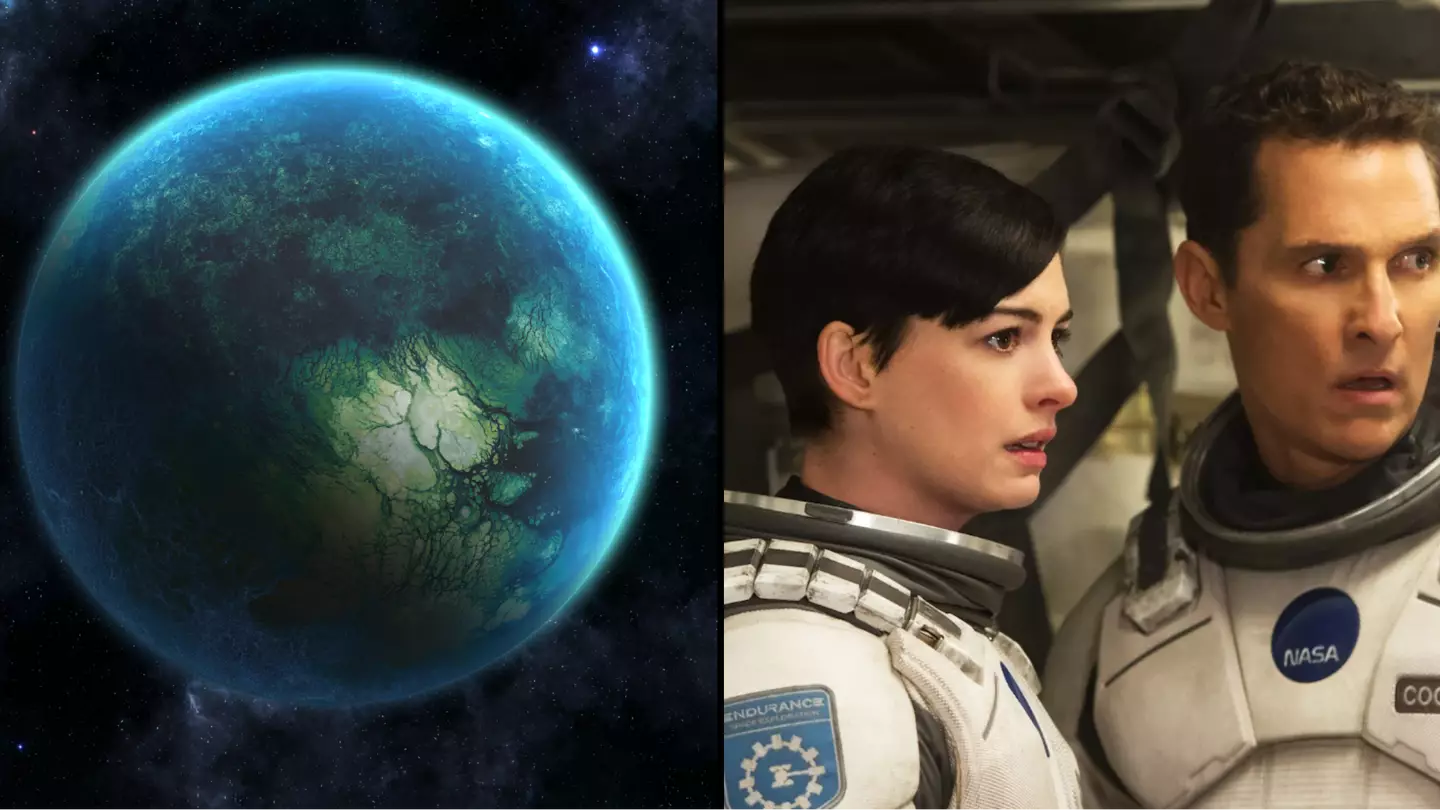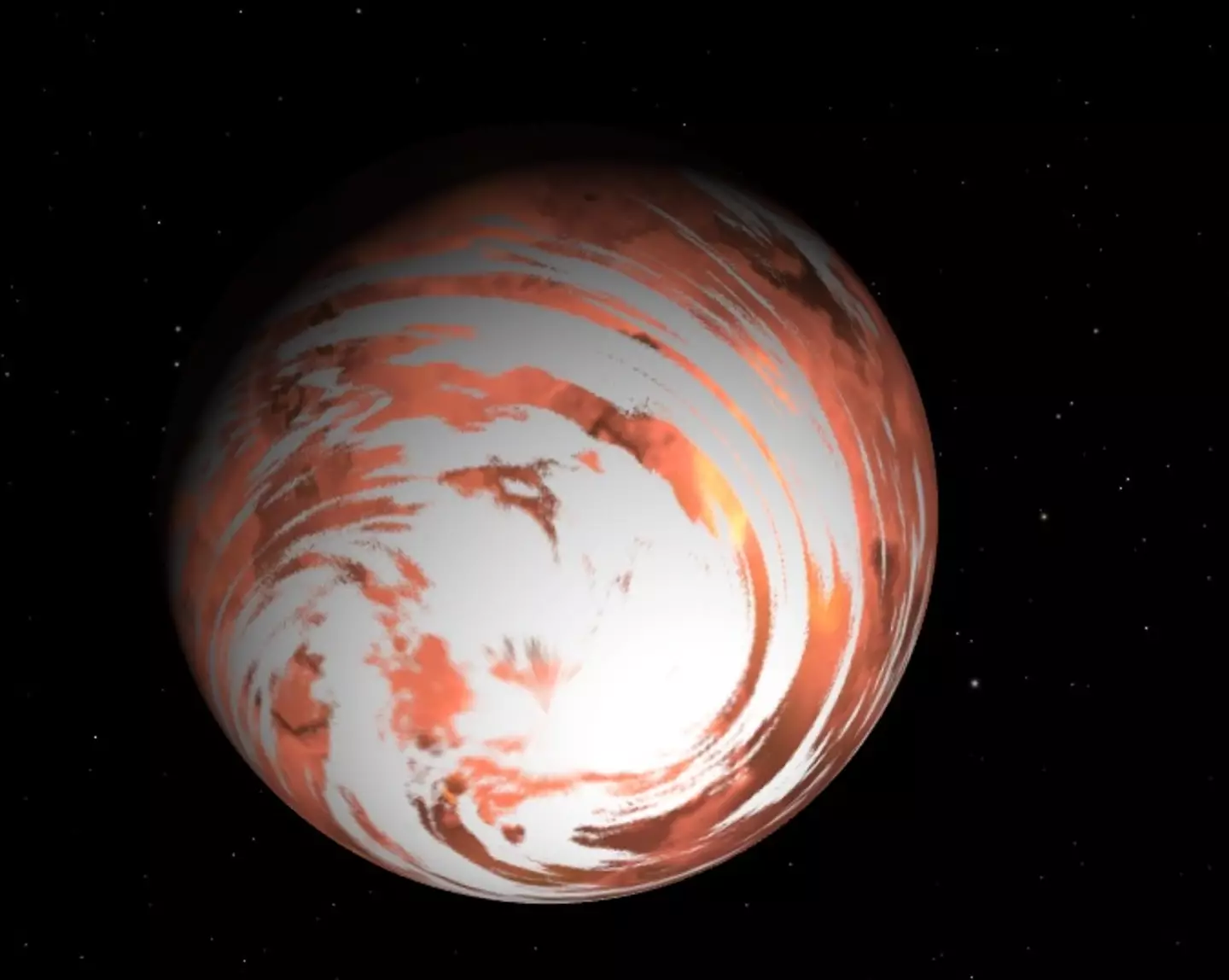
Somewhere out there is a planet of roiling, churning oceans much like the one from the movie Interstellar, only it's a little bit far away.
Last year NASA announced the discovery of TOI-1452, a 'Super Earth' planet a whopping 100 light years away from us.
It's got the mass of almost five planet Earths put together but it doesn't have zoom around its own star much faster than we do.
Advert
While it takes Earth 365 days to complete one rotation of the Sun, TOI-1452 manages that in just over 11 days.
Astronomers also believe it could be an 'ocean planet', completely covered by a thick layer of water - similar to some of Jupiter’s and Saturn’s moons.
The planet was first spotted by a group of astronomers at the Université de Montréal, Canada, when they were using NASA's Transiting Exoplanet Survey Satellite, or TESS for short.
It's thought to orbit a binary star system in the Draco constellation, and to us we may as well be sure of that because we can't very well pop over and check.

Instead, we've got to trust the experts on this one, and Professor René Doyon of the Université de Montréal spoke about the discovery.
Advert
He said: “I’m extremely proud of this discovery because it shows the high calibre of our researchers and instrumentation.
“It is thanks to the OMM, a special instrument designed in our labs called SPIRou and an innovative analytic method developed by our research team that we were able to detect this one-of-a-kind exoplanet.”
While the mass of this planet is far beyond our own, the size of it is about 70 percent larger and the density could mean it has very deep oceans.
The world has been compared to 'Miller's Planet' from the Christopher Nolan movie Interstellar, which is covered by a seemingly endless ocean.

Now, the next thing the experts are trying to figure out is whether the planet could be in a condition to sustain life.
Advert
That's going to require a lot more scientific observation before we can come up with answers on that front, but that's why we have scientists.
NASA's James Webb telescope will be instrumental in learning more about this world, and the more we know the more movies we might be able to compare it to.
Of course if we're ever going to get there we'll have to figure out a way to travel several magnitudes faster than light, otherwise all we can do is sit and look and wonder what other fascinations might be out there among the stars.
Featured Image Credit: Deviant Art / Paramount